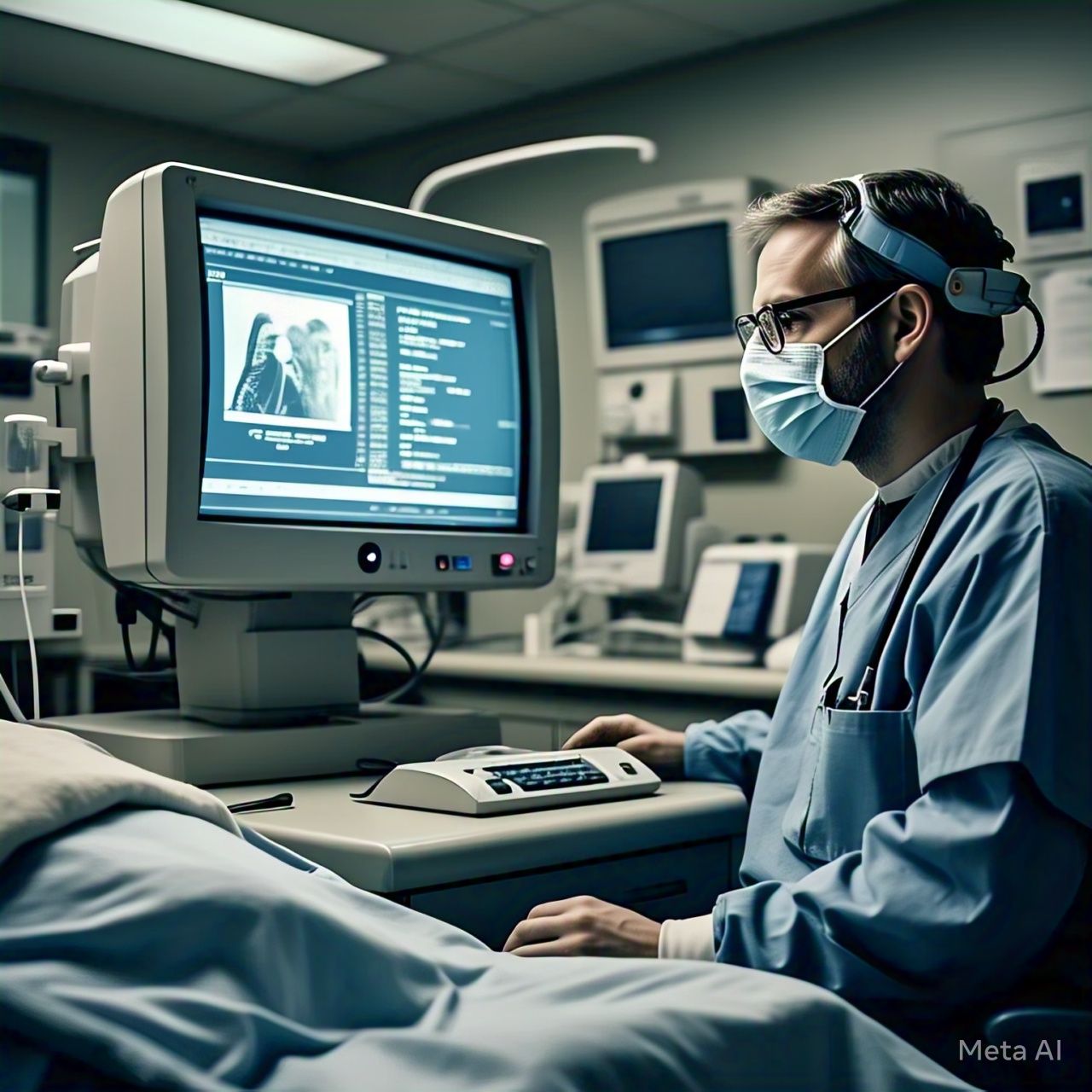Table of Contents
- Introduction
- Understanding AI in Cancer Detection
- How AI is Transforming Cancer Diagnosis
- AI-Powered Imaging and Radiology
- Machine Learning in Pathology
- Predictive Analytics for Early Detection
- AI in Genetic and Molecular Analysis
- AI and Liquid Biopsy Techniques
- Benefits of AI in Cancer Detection
- Challenges and Ethical Considerations
- Future of AI in Cancer Diagnosis and Treatment
- Conclusion
- FAQs
- Citations
Introduction
Cancer remains one of the leading causes of death worldwide, and early detection is crucial for improving survival rates. Artificial Intelligence (AI) is revolutionizing cancer detection by enabling earlier, more accurate diagnoses. AI-powered tools are assisting radiologists, pathologists, and oncologists in identifying cancerous cells, predicting disease progression, and personalizing treatments. This article explores the role of AI in cancer detection, its benefits, challenges, and future possibilities.
Understanding AI in Cancer Detection
AI in cancer detection involves machine learning (ML), deep learning (DL), and neural networks to analyze vast amounts of medical data. By detecting patterns that might be missed by human eyes, AI helps in diagnosing cancer at an earlier stage, increasing the chances of successful treatment.
How AI is Transforming Cancer Diagnosis
1. AI-Powered Imaging and Radiology
AI enhances medical imaging techniques, including MRI, CT scans, and mammograms, by detecting tumors with higher accuracy. Algorithms trained on thousands of images can identify anomalies, reducing false positives and false negatives.
2. Machine Learning in Pathology
Digital pathology combined with AI speeds up cancer diagnosis by analyzing tissue samples for abnormal cells. AI can assess biopsy slides faster and with greater precision than traditional methods.
3. Predictive Analytics for Early Detection
AI analyzes patient histories, genetic data, and lifestyle factors to predict cancer risks before symptoms appear. This enables preventive measures and early interventions.
4. AI in Genetic and Molecular Analysis
AI helps identify genetic mutations associated with cancer, leading to personalized treatment plans. Machine learning models can analyze DNA sequences to detect hereditary cancer risks.
5. AI and Liquid Biopsy Techniques
Liquid biopsies, which detect cancer through blood tests, are becoming more accurate with AI-powered analysis. These tests allow for non-invasive cancer detection and monitoring.
| AI Applications in Cancer Detection | Impact |
|---|---|
| AI in Imaging | Improved tumor detection, reduced errors |
| Machine Learning in Pathology | Faster and more precise diagnosis |
| Predictive Analytics | Early risk identification and prevention |
| Genetic Analysis | Personalized treatment plans |
| Liquid Biopsy AI | Non-invasive cancer monitoring |
Benefits of AI in Cancer Detection
- Earlier diagnosis: AI detects cancer at earlier stages, improving survival rates.
- Higher accuracy: Reduces human errors in diagnosis.
- Faster results: AI speeds up the diagnostic process.
- Personalized treatment: AI tailors therapies based on genetic and molecular data.
- Cost reduction: AI lowers healthcare costs by minimizing unnecessary tests and procedures.
Challenges and Ethical Considerations
- Data privacy concerns: Patient data security must be ensured.
- AI bias and accuracy: AI models must be trained on diverse datasets to avoid biases.
- Regulatory hurdles: AI-driven diagnostics require FDA and other regulatory approvals.
- Integration with healthcare systems: AI must seamlessly integrate with existing hospital workflows.
Future of AI in Cancer Diagnosis and Treatment
- AI-enhanced immunotherapy to predict patient responses to treatments.
- AI-assisted robotic surgery for precision tumor removal.
- Real-time AI monitoring for tracking cancer progression.
- Improved AI algorithms with continual learning from real-world cases.
Conclusion
AI is transforming cancer detection by making diagnoses faster, more accurate, and accessible. While challenges exist, the future holds great promise for AI-driven innovations in oncology. Early detection through AI will continue to improve survival rates and treatment outcomes.
FAQs
1. How does AI improve cancer detection?
AI analyzes medical images, pathology slides, and genetic data to detect cancer early and accurately.
2. Can AI replace oncologists?
No, AI assists oncologists by providing insights and faster diagnoses, but human expertise remains essential.
3. What types of cancer can AI detect?
AI is used to detect breast, lung, skin, prostate, and colorectal cancers, among others.
4. Is AI cancer detection covered by insurance?
Coverage varies by region and insurer, but AI-driven diagnostics are increasingly recognized in healthcare policies.
5. What is the future of AI in cancer care?
AI will continue advancing in predictive analytics, personalized medicine, and real-time monitoring for better outcomes.
Citations
- Smith, J. (2023). AI in Oncology: Transforming Early Cancer Detection. Journal of Medical AI.
- Johnson, R. (2022). Machine Learning in Pathology: The Future of Cancer Diagnosis. Healthcare AI Review.
- White, T. (2023). The Role of AI in Precision Medicine and Genetic Analysis. Medical Technology Journal.




